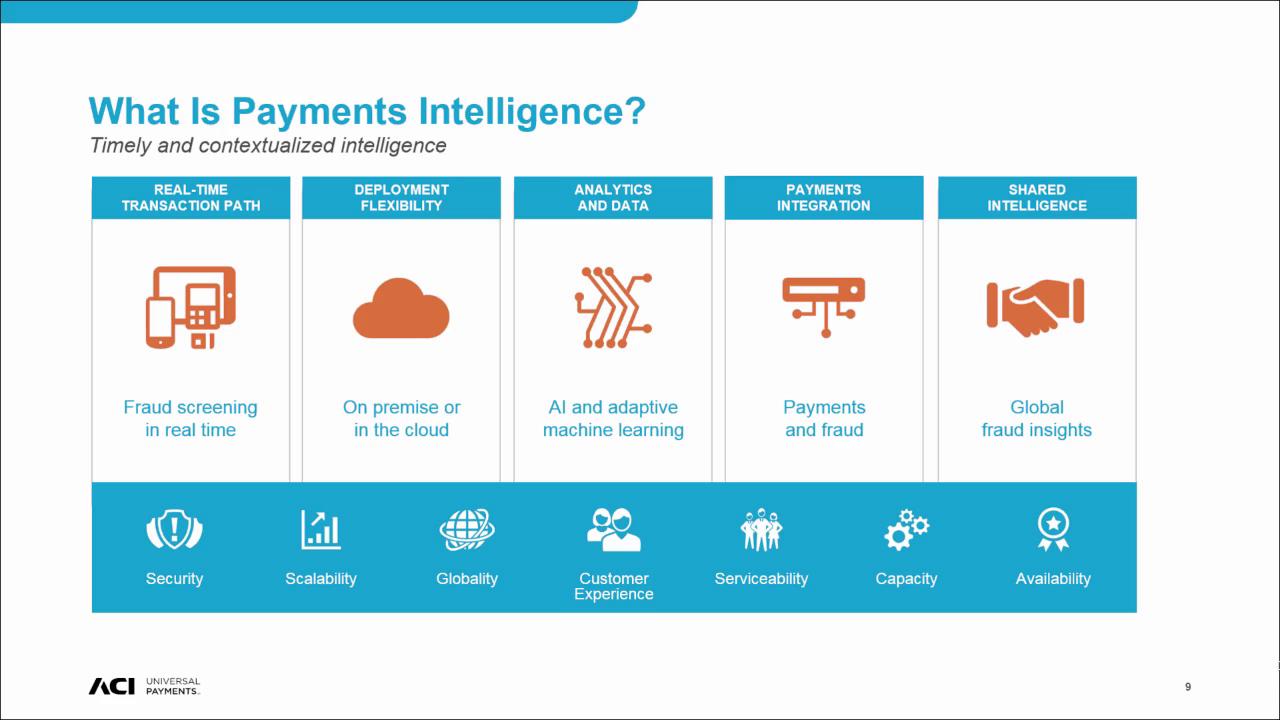In the digital age, where the clinking of coins has been replaced by the silent swipes of cards and the invisible flow of data, the specter of payment fraud looms larger than ever. As financial transactions increasingly migrate to the online realm, so too do the cunning tactics of fraudsters, evolving in complexity and scale. Enter machine learning—a beacon of innovation in the fight against this ever-present threat. This powerful technology, with its ability to sift through vast oceans of data and discern patterns invisible to the human eye, is revolutionizing the way we detect and combat payment fraud. By harnessing the prowess of algorithms that learn and adapt, financial institutions are not only staying one step ahead of fraudsters but are also reshaping the landscape of secure transactions. In this article, we delve into the transformative role of machine learning in payment fraud detection, exploring how it empowers businesses to protect their assets and ensure the integrity of every transaction.
Harnessing Algorithms to Safeguard Transactions
In today’s digital economy, the sheer volume of transactions happening every second demands a robust and intelligent system to ensure their security. Machine learning algorithms are at the forefront of this technological defense, offering unparalleled capabilities in identifying and mitigating fraudulent activities. These algorithms are adept at analyzing vast datasets in real-time, spotting anomalies that might elude human detection. By leveraging historical data, they can discern patterns indicative of fraud, such as unusual spending behavior or atypical transaction locations, and flag them for further investigation.
- Adaptive Learning: Machine learning models continuously evolve, learning from new data to enhance their accuracy and effectiveness.
- Real-Time Analysis: Algorithms can process transactions instantaneously, ensuring potential threats are identified and addressed before any damage occurs.
- Pattern Recognition: By identifying common traits in fraudulent activities, these models can predict and prevent future occurrences.
As the sophistication of cyber threats grows, the integration of machine learning in transaction monitoring becomes not just beneficial but essential. This dynamic approach not only fortifies the security of financial systems but also fosters trust among consumers and businesses alike.
Unveiling Patterns: How Machine Learning Identifies Fraudulent Activities
In the complex world of digital transactions, machine learning serves as a vigilant sentinel, meticulously sifting through vast datasets to unearth hidden anomalies indicative of fraudulent behavior. By leveraging sophisticated algorithms, these systems can detect patterns that are often imperceptible to the human eye. Machine learning models are trained to recognize the subtle signs of deceit by analyzing variables such as transaction frequency, location inconsistencies, and spending habits. This proactive approach allows for real-time monitoring and immediate action, significantly reducing the risk of fraud.
- Behavioral Analysis: Identifies deviations from typical user behavior, flagging suspicious activities.
- Anomaly Detection: Spots irregularities in transaction data that deviate from established norms.
- Pattern Recognition: Utilizes historical data to identify recurring fraudulent tactics.
Through continuous learning and adaptation, machine learning systems become increasingly adept at predicting and preventing fraudulent activities, offering a robust shield against the ever-evolving tactics of cybercriminals.
Optimizing Fraud Detection Systems with Advanced Machine Learning Techniques
In the ever-evolving landscape of digital transactions, payment fraud poses a significant threat to financial institutions and consumers alike. Leveraging advanced machine learning techniques is pivotal in enhancing the efficacy of fraud detection systems. These systems are now equipped to process vast amounts of transactional data, identifying subtle patterns and anomalies that would typically go unnoticed by traditional methods.
Key strategies in optimizing these systems include:
- Real-time Analysis: Machine learning algorithms can analyze transactions as they occur, enabling immediate identification and response to suspicious activities.
- Adaptive Learning: By continuously learning from new data, these systems can adapt to emerging fraud tactics, ensuring they remain one step ahead of fraudsters.
- Behavioral Analytics: Advanced models assess user behavior, detecting deviations that may indicate fraudulent intentions.
- Feature Engineering: Crafting new features from raw data enhances the model’s ability to discern between legitimate and fraudulent transactions.
By integrating these sophisticated techniques, organizations can significantly reduce the incidence of payment fraud, safeguarding both their assets and their customers’ trust.
Strategic Implementation: Best Practices for Leveraging Machine Learning in Fraud Prevention
To effectively harness the power of machine learning in fraud prevention, organizations must adopt a strategic approach that aligns with their unique operational needs. Understanding data is the cornerstone of this strategy. Companies should focus on gathering high-quality, relevant data that reflects the nuances of their transactions. This data serves as the foundation for training machine learning models, ensuring they can accurately identify fraudulent patterns. Additionally, collaboration between data scientists and fraud analysts is crucial. This partnership enables the creation of models that not only detect fraud with precision but also adapt to evolving tactics used by fraudsters.
Another critical best practice is the continuous monitoring and updating of models. Fraudsters are constantly refining their techniques, and a static model can quickly become obsolete. Regularly updating models with new data and insights helps maintain their effectiveness. Moreover, organizations should consider implementing real-time analytics to provide immediate responses to suspicious activities. This proactive approach minimizes potential losses and enhances customer trust. Lastly, fostering a culture of cross-departmental collaboration ensures that insights gained from machine learning are effectively integrated into broader fraud prevention strategies, creating a robust defense mechanism against payment fraud.





